“Welcome to the Club, Welcome to Perfecto”
“The new Ibiza” has been a phrase used in the past few years to describe Las Vegas. The first time I have it on record was circa 2008 from Paul Oakenfold before launching his Perfecto party at Rain Nightclub in the Palms. Yes, before XS and Marquee had the big-name DJs on the billboards, before Hakkasan nabbed all the top talent or Light partnered with Cirque du Soleil, there was already electronic music in Sin City.
As part of the scene since the late ’90s, I’m often asked about who played where and when, which club had the best parties and the like. But long before thousands of people every night flocked to the Palms, we’ve been raving. Was it glamorous? Not at all. Were there VIPs and bottle service? Hardly. But there’s always been a scene ready to get down and dance the night away, a community of die-hard fans that would be out until after the sun came up.
My first taste of electronic music was around age 15. I was fortunate enough to attend a performing arts magnet high school, Las Vegas Academy, but on the downside we had long bus rides. Rides I filled with music, sharing mix tapes with my friend Keith. It was he who played the first electronic track I have in memory. It was happy hardcore; hey, we all have to start somewhere (he still spins the bouncy high energy tunes as SuPeR K!). The same thing goes for electronic music in Vegas.
Admittedly, there were many drunken nights where my memory may not serve me completely, but veteran clubbers will look back fondly on the days of Utopia, a venue in the ‘90s that was the place to be (the location on the Strip between the MGM and Hard Rock Café is now home to After). I went there once because, honestly, I was 18 and scared about using my fake ID from Maine, but it wasn’t questioned when going with a group of older friends. Sorry, Utopia. I pretty much stuck to making kandi and going to raves around that time at the old AWOL Productions’ Cande Factore (okay, it was a warehouse), running around in giant UFO pants and a visor.
The now long-shuttered Ice on the corner of Harmon and Koval was the next hot spot for those of the electronic music persuasion. Utopia was followed by Empire Ballroom—the first venue in town to book Deadmau5 back in 2007. There were more raves, this time Sounds of the Underground way out in North Las Vegas (the city has some strict “dancehall” laws that make it difficult to do all-ages events in the city limits). We also used to stay out late on a school night on Wednesdays for the Godskitchen party at Body English or dig into some house way past any normal human’s bedtime by going to Drai’s. But the biggest impact—at least in my experience as a part of the scene and as a professional covering it since 2007—was the August Perfecto in 2008.
Up until Perfecto, all the big nightclubs were mostly playing commercial hip-hop and top 40. If you wanted to hear legit electronic, it was only on an industry night, like Godskitchen or the 3400 Room at Jet—or at an afterhours like Empire Ballroom or Seamless (housed in a strip club). I’d sometimes just go to bed early, then wake up around 2 a.m. to go hear the big DJs. The night Perfecto launched at Rain (shoutouts to then N9ne Group vice president Michael Fuller and music director Sol Shafer), the whole crew of dance music fans were out in full-force. The sheer level of production that went in to the accompanying show astounded, from aerialists to pyrotechnics, stilt-walkers to choreographed dancers (courtesy of Belluscious), it was that festival experience we usually only got when road-tripping to Los Angeles for Electric Daisy Carnival. And, of course, there was the music. Oakenfold delivered a dose of much-needed freshness to the sound of the scene as we danced the night away. And we were back the next week. And the week after that. It became a Saturday night tradition that continued for three years as Oakenlfold was joined by other top electronic-music talent, many of whom now hold high-paying Vegas residencies. Soon The Palms added Goodlife Sundays, Local Love on Tuesdays at Moon, all-out party weekend marathons, and the Love Festival.
Following the success of Perfecto, Shafer became the music director for the new Marquee Nightclub, where the central focus was the DJ and EDM. Zee Zandi, who along with Shafer was behind Godskitchen, went on to work with Wet Republic, the Wynn/Encore nightclub and now ATM Artists. XS, a venue that previously catered to open-format music, jumped on the EDM train as well. And thus, Las Vegas the American Capital of Dance Music, was born. Sorry, Miami. Thank you, Palms and Paul.
Follow @DeannaRilling for her latest musings on electronic music.
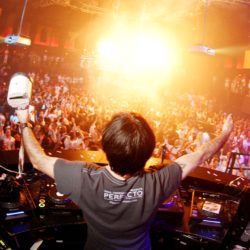

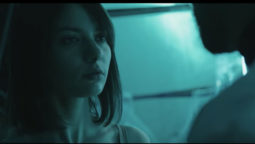
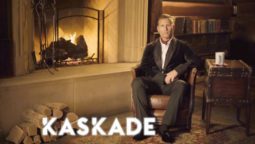

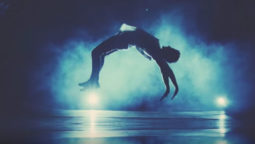
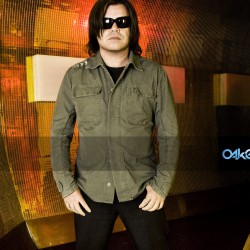

Join the discussion
comments powered by Disqus